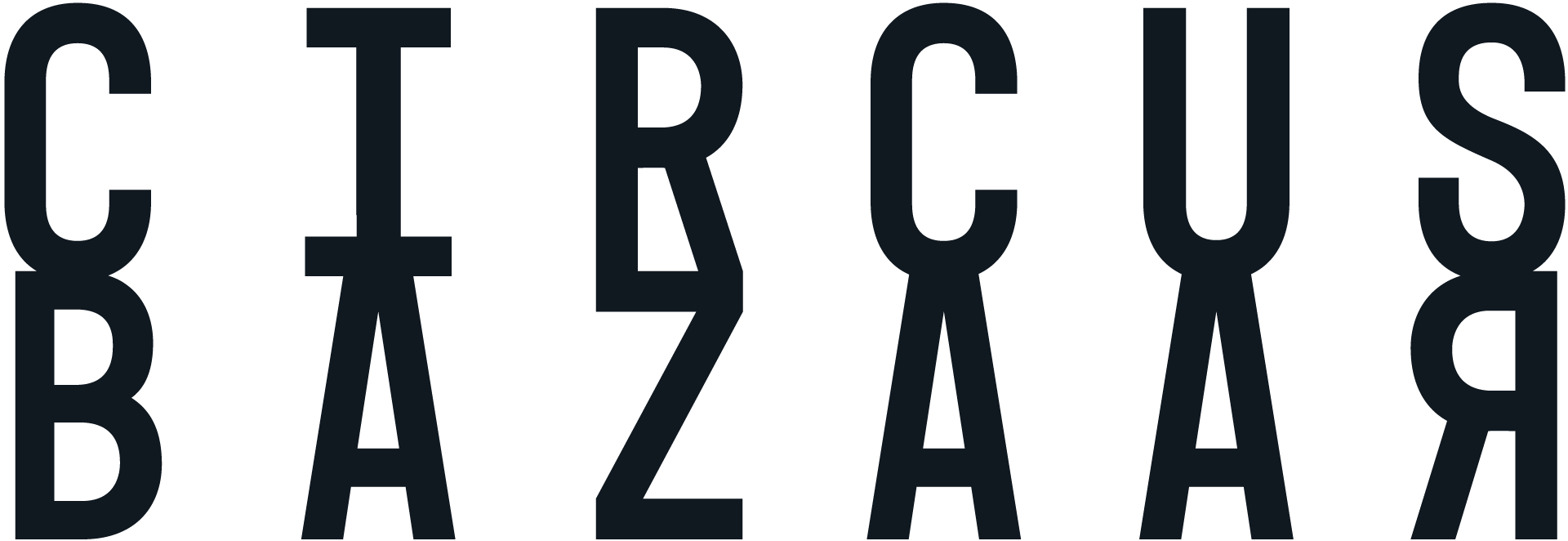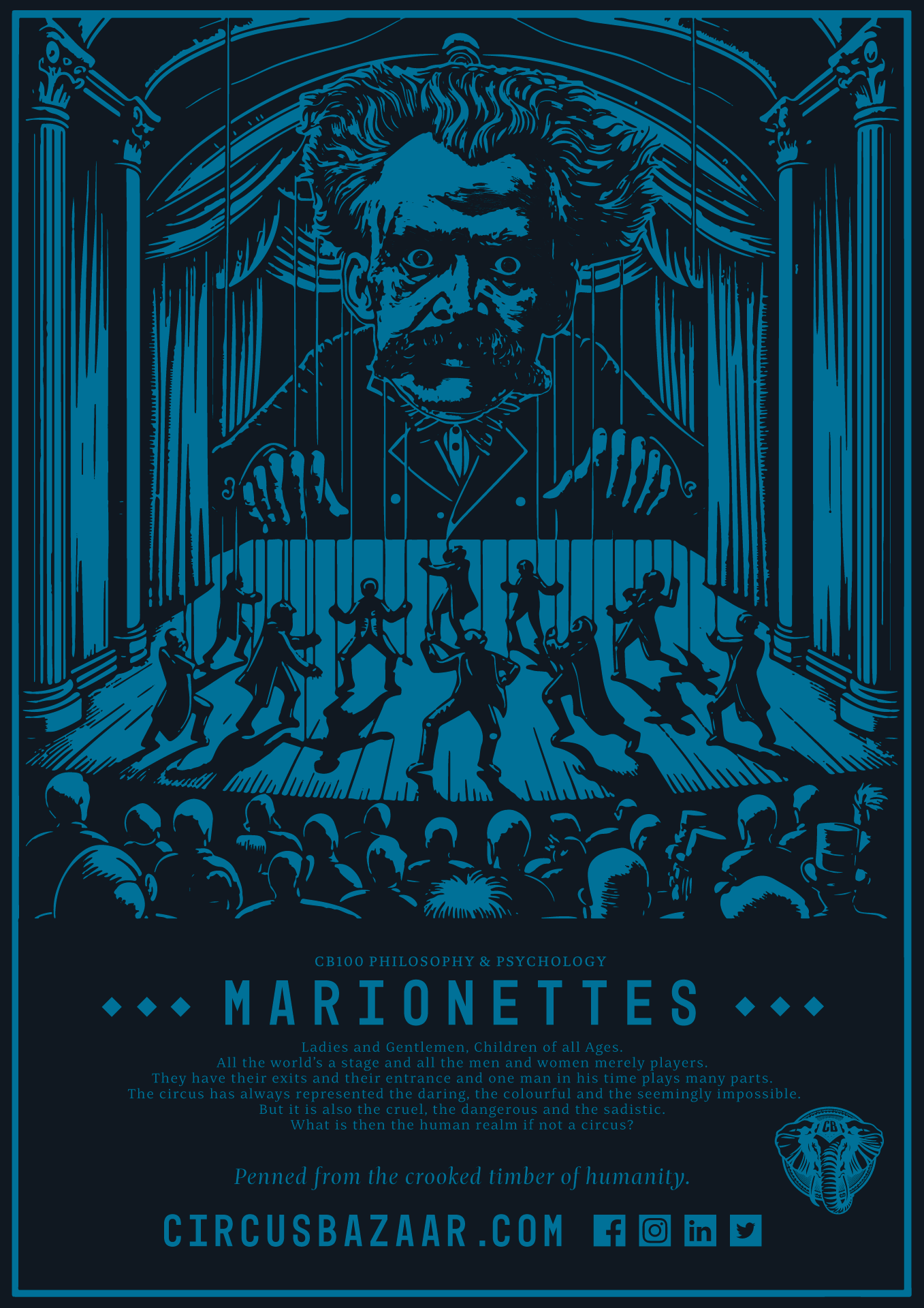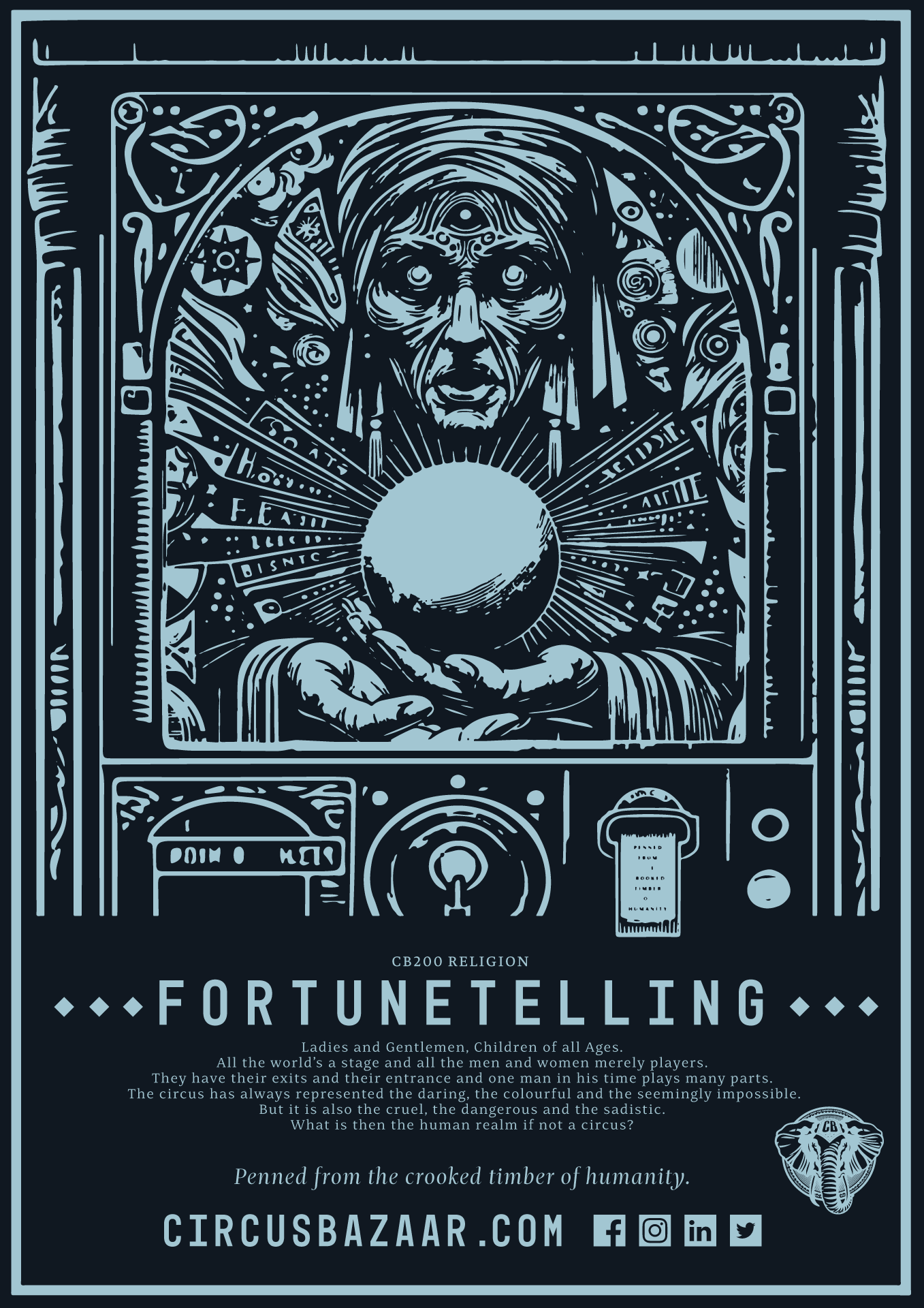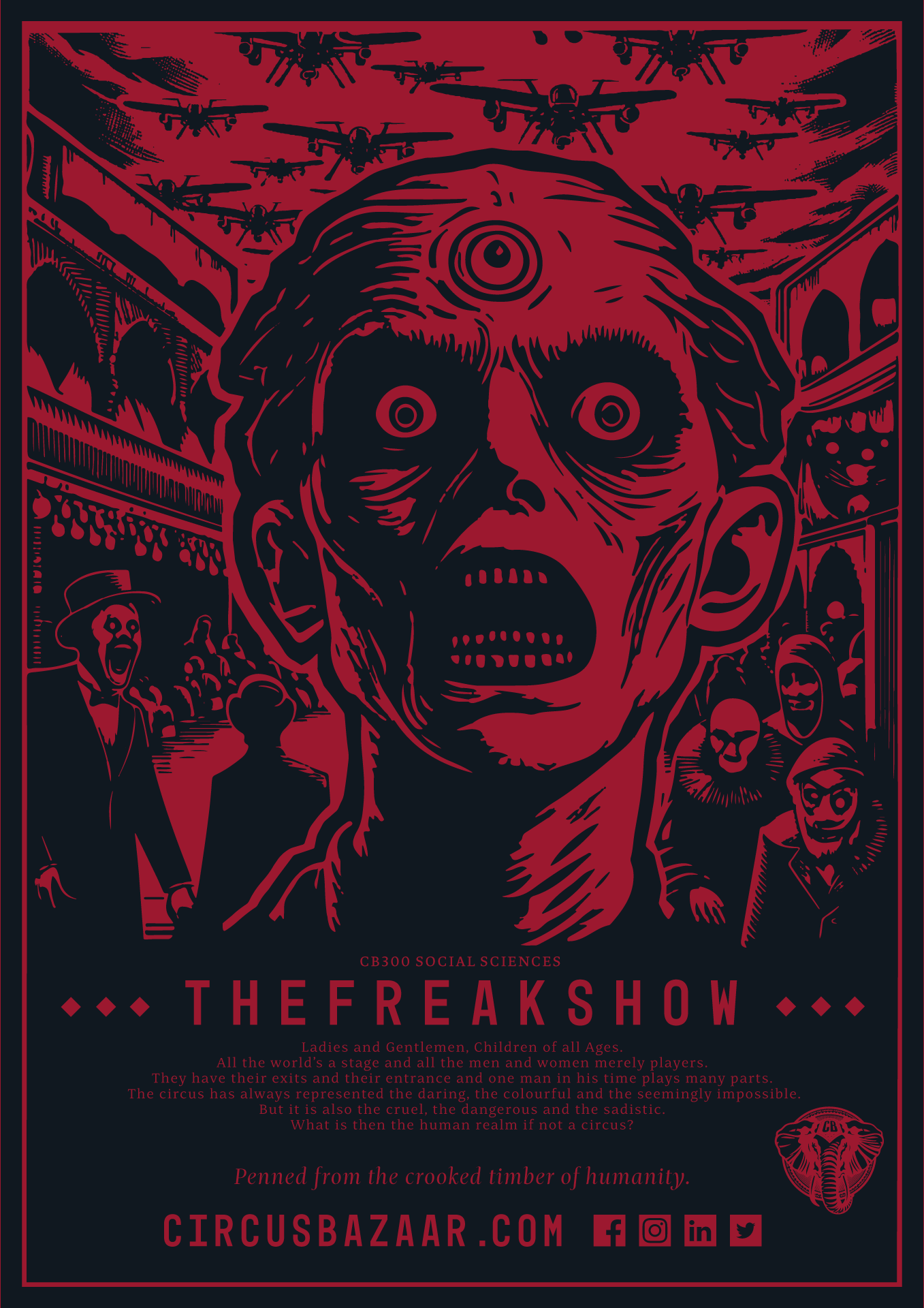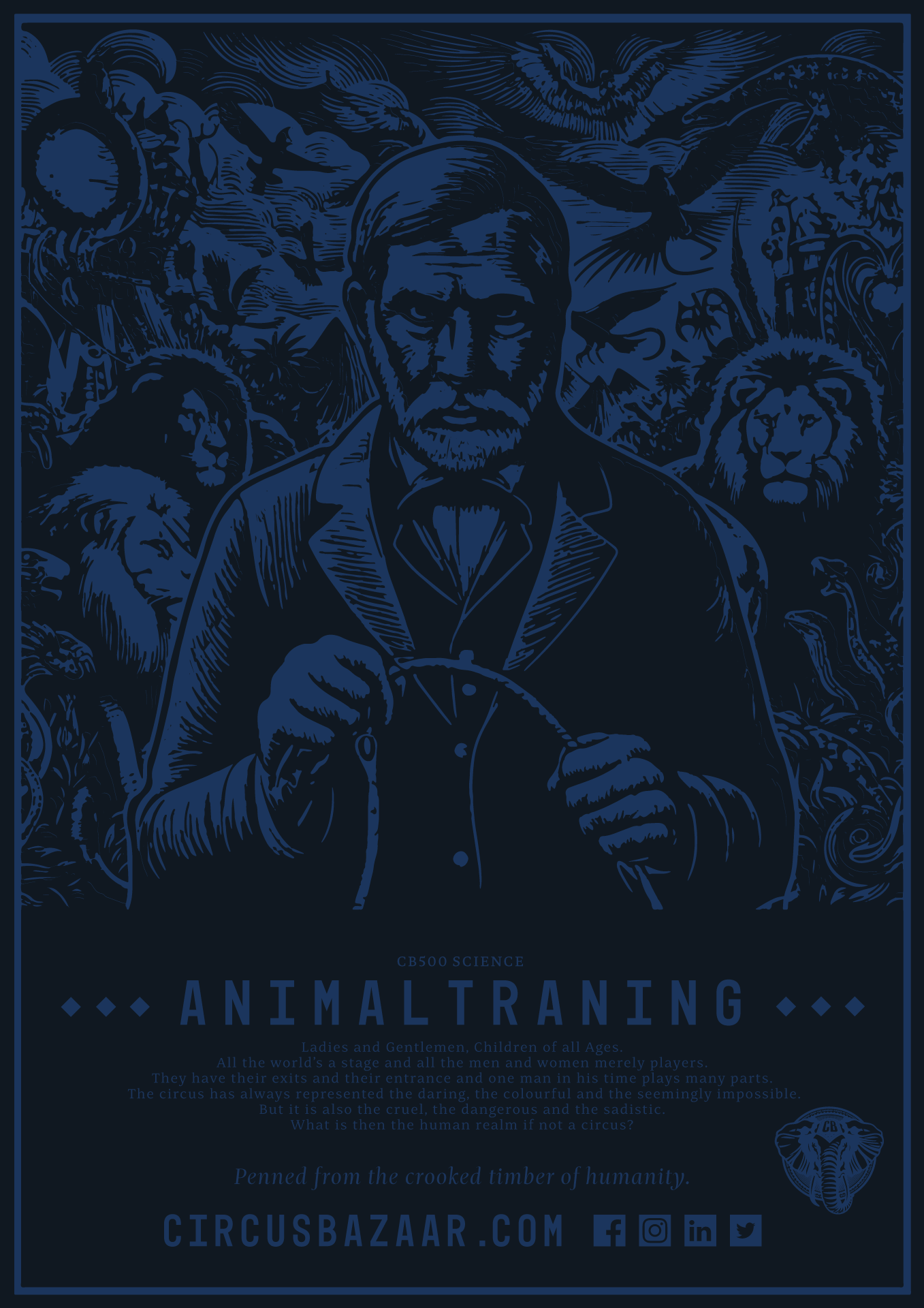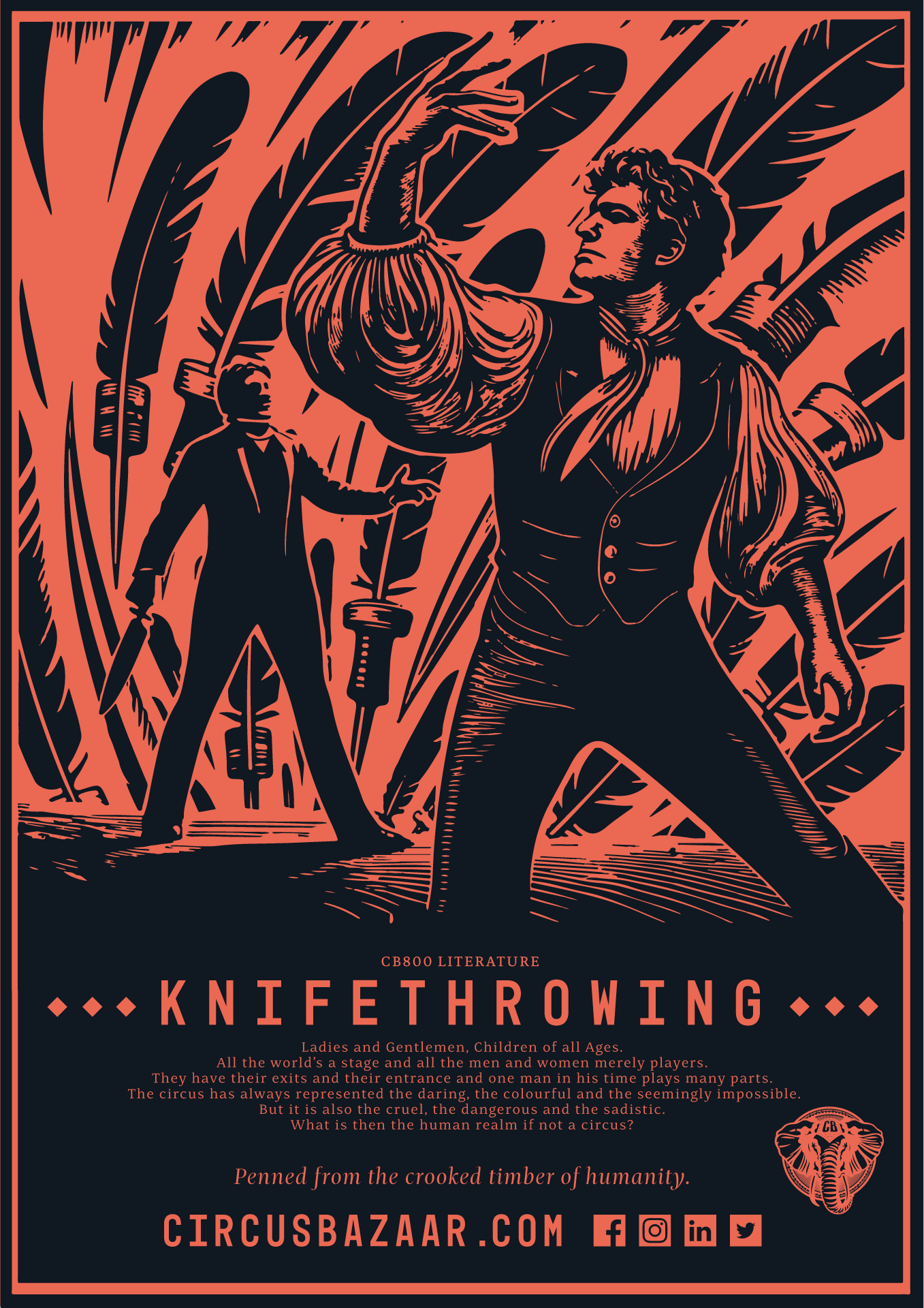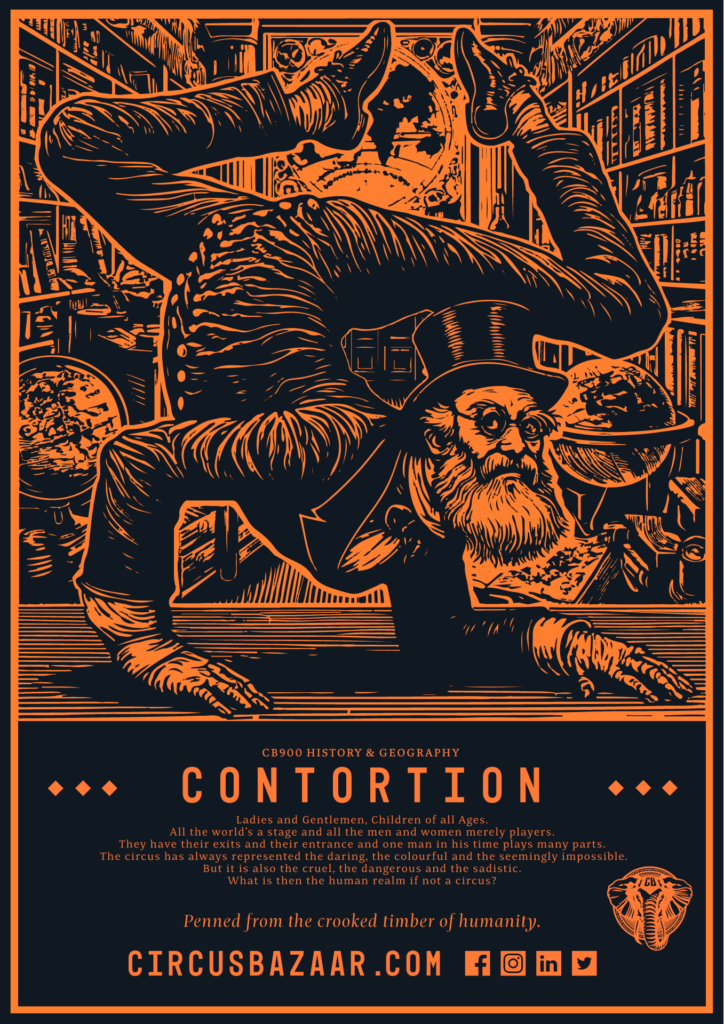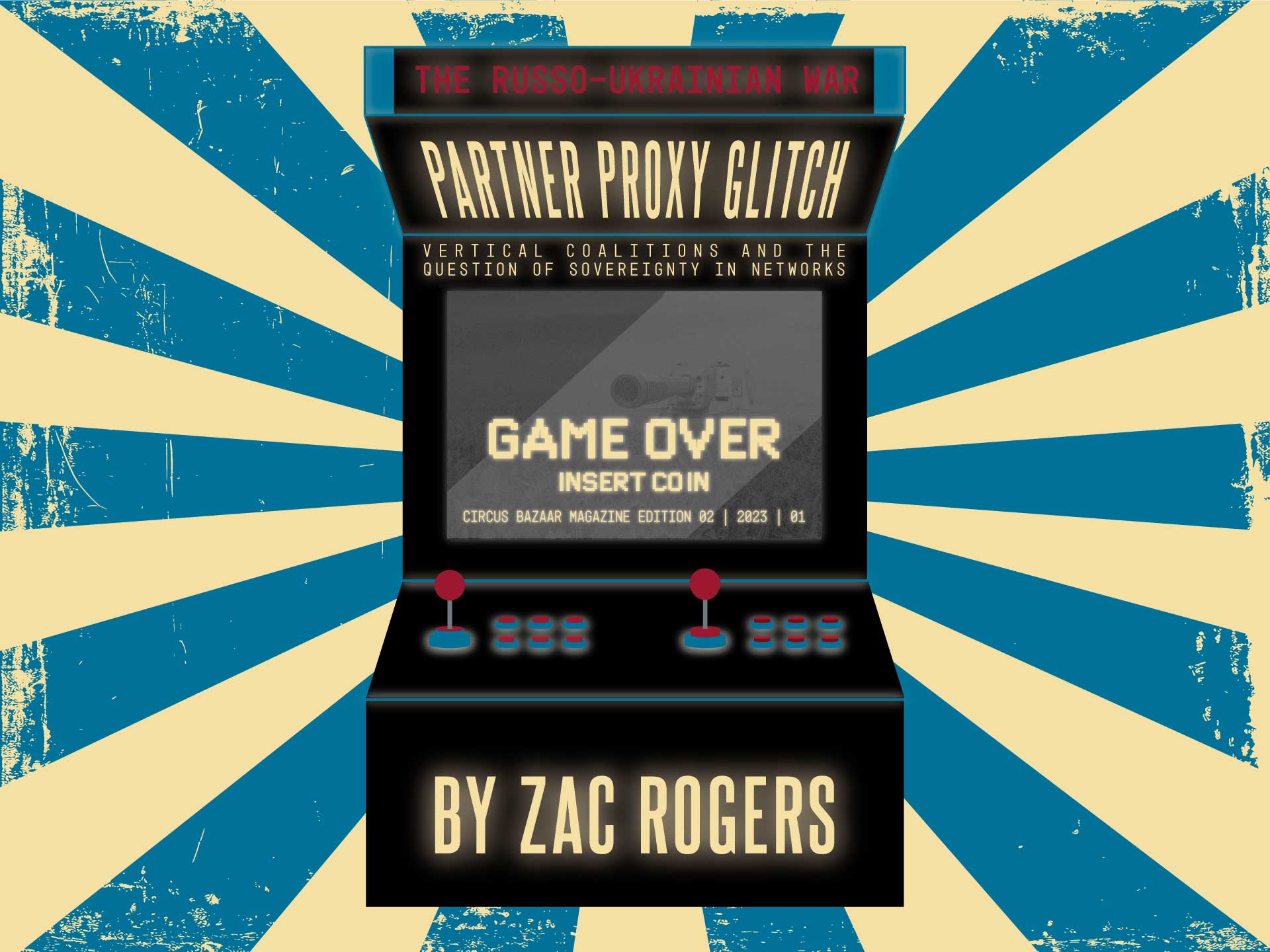Almost a decade has rolled by since I was asked to pen an open-source scenario on the future of law enforcement, which I titled ‘Welcome to the Jungle’. It was well-loved, and praised, albeit treated in the same manner as the fiction that inspired it. In the years leading up to this point, I had been exploring emerging threats, from Carrington Event-level solar flares, to pandemics, to nation-state assaults on IT-enabled critical infrastructure. In hindsight, with two of these three now woven so deeply into the fabric of our reality, I feel a sense of having failed in my duty for not finding better claxons and clarions to warn of these catastrophes. But Kassandra’s curse is not to be believed, likewise the boy who cried wolf, so what to do? Well, find outlets like Circus Bazaar, is an obvious if somewhat blatant answer. But so what… and then what? Well, let me tell you about a story I wrote.
When I wrote ‘Welcome to the Jungle’, I had been closely following the trends it mentions, and was fairly sure that most of them would eventuate. The trick with strategic foresight is getting the timing right, which is more complex than it sounds. How far you place an event on the horizon depends mainly on the appetite of the audience. Too close and the audience will discount it, with mutters of, ‘I haven’t seen/heard/been told of that before’. Place it at a sufficient distance ahead in the future, though, and the details become comfortably obscured on the horizon to the extent that the event appears plausible, yet remains shrouded in a fog-of-war, overshadowed by the gloom of tomorrow. After all, everything is possible given enough time, right?
There are three points relating to this decision – of where to place events on the timeline – that I want to unpack. First, that ideas concerning the future should be situated in accordance with the beliefs of the audience. Second, what questions should be asked? Lastly, perception is about power; therefore, it is important to gain an understanding of both perception and power.
As I mentioned, when talking about the future, timing is everything. I am absolutely certain, barring societal collapse, that humanity will develop bionics (as in a form of augmented human capabilities) that would still be regarded today as science fiction.1 Thought-controlled robotic prostheses are most certainly in our future.2 But at what point will they become industrialised, commercialised, or weaponised? Some might argue that they already are, but to paraphrase Gibson3, only in pockets. My point is that it’s essential to consider the specifics of what you’re proposing. Waving your hands around and using ill-defined and/or ambiguous terms to discuss the perils of artificial intelligence, particularly without reference to the context of your audience, might attract some conference delegates to your presentation or serve as clickbait, but will ultimately leave audiences unsatisfied. They want to know what such developments mean for them.
Now, this type of contextualisation is extremely hard. Often being called upon to explain emerging technology, I can attest to this request being routinely followed up with, ‘And can you tell us what this means for us, please?’ Even after explaining my background and highlighting caveats of my lack of experience in this particular domain, I am met with the audience’s firm belief that my explanation of certain technology will in fact explain what that technology means for them. Consequently, I no longer talk to audiences I am not intimately familiar with, and take a dim view of those who do. Because that’s what such audiences want, what they really, really want. Even if it only occurs to them afterwards. And that is the basis on which they will judge you, and your message.
Now that you’re centring your message on what matters to your audience, and what they expect from you, it’s necessary to consider this matter from their perspective. I use the same toolkit here as I do for addressing risks and risk perception. For any given risk event, there are several attributes that must be articulated and conveyed to your audience, but using likelihood and consequence are unsuitable. They are academic, coarse measures of abstract concepts. Multiplying the assessment of the likelihood of an event by the magnitude of its impact creates a number, or a rating, which may provide the comforting but false notion to the audience that a complex and dynamic situation can be condensed into a rudimentary label, which in turn can be categorised, prioritised, and managed.
Unfortunately, reality is more unforgiving and expansive than risk matrices acknowledge. Risks present a variety of potential consequences, both in the type of event that may occur, and in terms of the respective impacts on various stakeholders. The frequency or likelihood of these events also occurs across a continuum that bears a multi-dimensional relationship to the spectrum of consequences. With likelihood multiplied by consequence, you’re essentially taking a histogram of these values, which vary by stakeholder, and collapsing them into a single value, thereby oversimplifying the situation and diluting its value to the decision maker.
Instead, these risk events can and should be framed as if they were – as their impact inevitably will be – physical manifestations, which is to say objects with mass and volume. Their proximity, size, velocity, and density should be given form, such that they take hold in the minds of the audience. Placing large events further away in time allows the audience to more comfortably confront them. Furthermore, by placing these risk events just over the horizon, you’re essentially gaming the assessment, but in the same way that decision makers often do when making malverse risk assessments, by which I mean they talk down the likelihood of a risk with the intention of bringing it within a politically acceptable range.4 Essentially, it’s the same trick that conventional likelihood and consequence risk assessments employ by reducing cognitive load and simplifying everything to a single value. Still, even acknowledging flexibility with the timing/likelihood, by accurately representing the other assessed attributes of the event, you will maintain the integrity of the message and uphold your duty of care.
When I wrote ‘Welcome to the Jungle’, I had recently had a conversation with a senior law enforcement official about the types of crimes currently being addressed, and I enquired why banking and finance were not being targeted. My point was that, in terms of harms, the war on drugs doesn’t impact supply, so in the absence of prevention strategies that would impact it, wouldn’t it make more sense to turn these investigative and disruptive resources towards strengthening the integrity of societal institutions and the economy, and towards addressing the protection of the majority of citizens?
I was swiftly told that the banks were trustworthy and safe, ‘nothing to see here’ – this was prior to the Australian Banking Royal Commission – to which I riposted with an example of recent criminality discovered at HSBC. Still, it was evident that policing is a business, and like any other business, they wanted to play to their strengths and maintain their value chain. An inexhaustible supply of criminality and media opportunities therefore holds appeal as well as the key to additional law enforcement resources.
By reframing the role of law enforcement at the culmination of ‘Welcome to the Jungle’, I asked the implicit questions: What role does law enforcement play? What should it focus on? Of course, I placed this dangerous idea over the horizon, decades into the future, towards which the audience had been carefully and incrementally edged. I had sliced the salami into edible mouthfuls, so they wouldn’t choke on the proposition. Like a mountain on the horizon, an event placed this far beyond the present gives the impression that it can be summited. If you notice, I also highlighted types of criminality where targets were more corporate in nature. Corporate, or white-collar crime, is a current and growing problem of mountainous proportions5; please consider Enron, Madoff, and Holmes / Theranos.
There is a reason why fraud exists: it is hard to detect, and mind-numbingly boring to investigate, but this pales in comparison to the optics of a good drugs raid, or a weapons seizure. It really seems that only massive frauds, or ones that are grossly obvious, get caught. Indeed, 43% of frauds are detected by tip-offs, with half of these coming from employees6. However, simply announcing that fraud is a huge problem will not, by itself, cause action. I used to say strategic foresight only created value when it produced strategic insight for its audience, but now I understand that it needs to result in strategic action as well.
Change takes a long time to manifest. Moreover, in a society comprised of organisms, and organisations, in an ecosystem that rewards homeostasis, the barriers impeding change are many. The lock we need to pick in order to disinhibit these entrenched actions and behaviours, therefore, is the self-interest of the individual. If I can use this knowledge to get ahead at work, or in life – they will think to themselves – then I might just do that. This gambit works particularly well if you show how the rewards may be achieved. Tell an individual what to do and he or she will resist, but lay out the incentives and procedures within a clear trajectory, and the individual will internalise them7.
The questions that need to be posed should invoke a sense of agency in the audience and provide them with a conceptual framework around which to focus their attention. How will this promote, or benefit, their mission or business? If the story we tell in a scenario becomes a thought that occurs in someone else’s mind, what patterns and associations will consequently emerge, provoking a storm of neural activity surging forth to animate their bodies in the manifestation of action?
Is climate change real? A question that can be asked, and scientifically answered. Does it invoke action? Not by itself. How does climate change impact me? This makes it relevant. How does this impact my job? Now we have their attention. How can I make a job out of this? Now we have their future, and their agency.
When I first drafted ‘Welcome to the Jungle’, I led with my chin on the bold statement that irregular maritime arrivals to Australia would be stopped. It made perfect sense for this to happen, regardless of how it was ultimately achieved, and notwithstanding the various opinions regarding the means or the ends. I chose this event because to me it appeared the easiest to accomplish and therefore the earliest of the events likely to occur in the scenario. I personally believed it would have taken a further five to ten years down the track to realise, from that point. Also, this event was not central to my main objective – to reframe law enforcement – so even if it had failed altogether to transpire, this wouldn’t impact the credibility or influence of the rest of the narrative. In fact, I had hoped to pre-empt it, so that as the scenario circulated, and lingered in people’s minds, they would recall that I had called it first.
Placing controversial topics in the context of works of fiction is another classic manoeuvre. It veils the attribution of blame, accountability, and accusation. For this reason, science fiction has often been used as the setting in which to play out power dynamics, by relocating them so that they occur far, far away. With strategic foresight, however, we don’t have the luxury of space travel, but we do have the ability to play out events beyond the tenure of the current senior decision makers, which is a kind of time travel. Senior management doesn’t believe in a current risk? Place it beyond their likely retirement horizon, term, or posting, but within those of their juniors and successors. Flesh out the issue, especially the confluence of other trends or events likely to make the issue worse, such that addressing the issue sooner would be more beneficial. Now, if the event occurs while the current decision makers are in place, the organisation has already considered the event, even if they disbelieved that it would occur.
This exact situation illustrates the dirty secret behind the use of scenarios at Royal Dutch Shell. Considered the poster child for scenarios and strategic foresight, Shell was credited with using highly detailed scenarios to support the profit they made from the oil crisis of the 1970s. Pierre Wack was asked by Shell to build these scenarios – including the oil crisis – which Shell’s executives then used as a blueprint for action when these scenarios actually manifested.8 The dirty secret lies in the fact that these scenarios were originally laughed out of Shell’s boardroom. Their only saving grace was that they were considered so ‘out-of-the-box’ that the scenarios were instead adopted for the executive training program, in the guise of absurd exercises to stretch creative thinking. The point is that however bizarre they were perceived to be, the events were nevertheless loaded in advance into the minds of the decision makers.
So, please enjoy all that Circus Bazaar has to offer. You never know when something might come in handy.
Notes:
- O’Doherty, J.E., Lebedev, M.A., Ifft, P.J., Zhuang, K.Z., Shokur, S., Bleuler, H., & Nicolelis, M.A.L. 2011. Active tactile exploration using a brain–machine–brain interface. Nature (London), 479(7372), 228-231; Valle, G., Petrini, F. M., Mijovic, P., Mijovic, B., & Raspopovic, S. (2021). A Computer-Brain Interface that Restores Lost Extremities’ Touch and Movement Sensations. Brain-Computer Interface Research, 65-73. doi:10.1007/978-3-030-79287-9_7.
- Bogue, R. (2009). Exoskeletons and robotic prosthetics: a review of recent developments. Industrial Robot: an international journal; Connan, M., Sierotowicz, M., Henze, B., Porges, O., Albu-Schaeffer, A,. Roa, M., & Castellini, C. (2021). Learning to teleoperate an upper-limb assistive humanoid robot for bimanual daily-living tasks. Biomedical Physics & Engineering Express.
- ‘The future has already arrived. It’s just not evenly distributed yet.’ – William Gibson
- March, J. G., & Shapira, Z. (1987). Managerial perspectives on risk and risk taking. Management Science, 33(11), 1404-1418.
- Friedrichs, D. O. (2009). Trusted Criminals: White Collar Crime In Contemporary Society (4 ed.). Wadsworth Publishing, p. 50. ISBN 978-0495600824. Citing Kane and Wall(2006), p. 5.
- 2020 Report to the Nations. Copyright by the Association of Certified Fraud Examiners, Inc.
- Cialdini, R. B. (2007). Influence: The Psychology of Persuasion. New York: Harper Collins.
- Wack, P. (1985). Scenarios: Uncharted Waters Ahead. Harvard Business Review, Sept-Oct 1985, 73-89; Wack, P. (1985a). Scenarios: Shooting the Rapids. Harvard Business Review, 6, 139-150.

